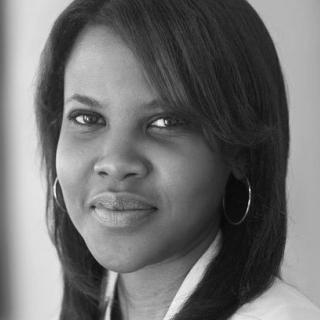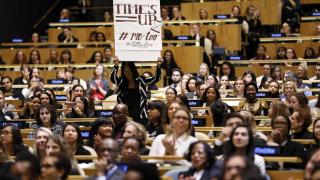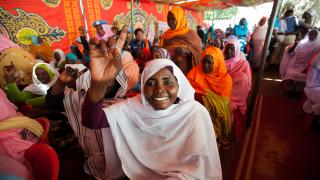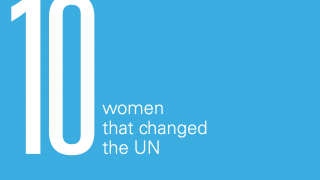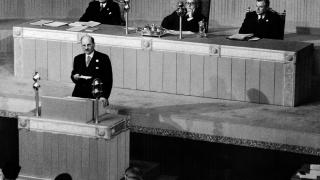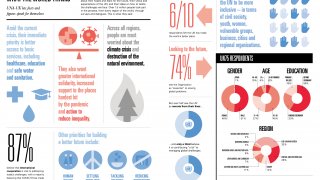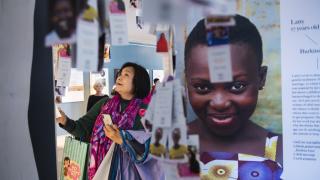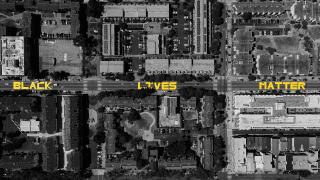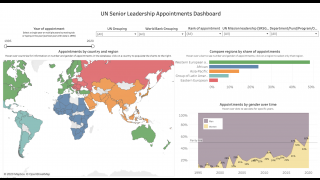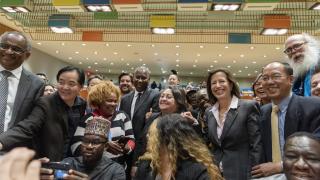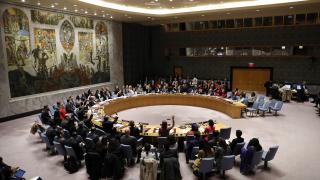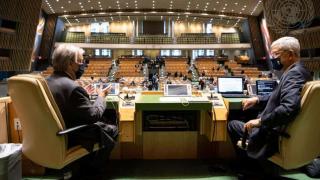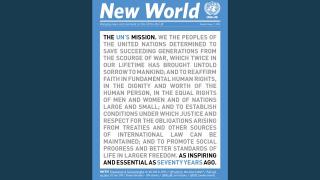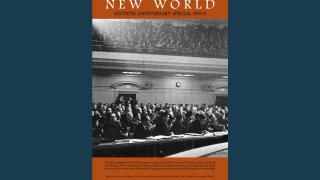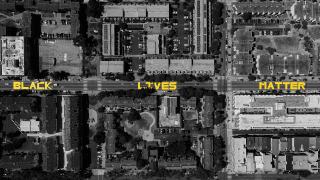
Back in June of this year, following the brutal murder of George Floyd at the hands of police, 20 black Undersecretaries General sent a joint statement expressing their outrage at pervasive and systemic racism within the United Nations, highlighting the need to ‘go beyond and do more’ than just offering condemnation.
George Floyd’s murder catalysed a conversation and a global response that feels markedly different. There is a perceptible shift in discourse about racism and it feels – for the first time – biased toward action. I’ve spent a lot of time wondering why this death in particular has been the catalyst for a collective global moratorium on race. But the real question is, what now?
As companies reckon with a past littered with shameful marketing stereotypes and disparate HR policies, the UN too must grapple with the question of what it would really take to become an anti-racist organisation.
Being antiracist starts with first dismantling the false dichotomy that people are either racist, or not.
Anti-racism requires a certain self-awareness and an ability to reflect on the ways you might be racist, even without intent. It’s not a state of being, rather it is a state of consciously and continually doing that which is equitable.
Likewise, an anti-racist organisation exists in a space of continuous analysis and reflection, while consciously making equitable choices, even when inconvenient. Most importantly, an anti-racist organisation stays agile enough to refine policies and interventions and to measure their impact.
Racism in the UN won’t be eliminated with a new policy and a new task force to roll out said policy. Solving complex structural problems like racism calls for a complete analysis of the norms and systems that perpetuate and reinforce racism by design.
Iconography and the ‘Beneficiary’ complex
The Organisation’s iconography has historically associated poverty, disease, and violence with blackness, while whiteness is associated with fixing them. The discourse on more dignified humanitarian photography is out there, but attention must be paid to the long-lasting effects of the colour/power imbalance that has been implanted in our visual stream of consciousness. More specifically, we need to analyze how long-term exposure to such visual tropes affect how UN staff of colour are treated by their white peers.
When a group of people are perpetually tokenized and associated with lack, it becomes difficult for them to be seen as having any expertise or authority in the workplace.
Such structures have meant that the UN has perpetuated a fetishized altruism that establishes a particular relationship between white and non-white people, seemingly by design.
The myth of the diverse workforce
The UN system, by design, is a cosmopolitan one. There is a relatively high representation of nationalities, which can make it easy to dismiss the notion that racism even exists within the organisation. However, cosmopolitanism is not diversity. Proximity to blackness does not shield one from entertaining racist stereotypes. Sometimes proximity to blackness and occupying black and brown spaces through the rotational assignment structure does just the opposite. It can lead us to confirm our racial biases while asserting our lived experience as proof.
The mere presence of black and brown people in the workplace is not in itself a cause for self-congratulation.
In fact, an over commitment to ideals like impartiality, and the need to treat everyone the same can lead to disparate outcomes for staff of colour. A truly anti-racist workplace concerns itself with setting up systems and structures that ensure outcomes are equitable.
So, what would it take for the UN to become an anti-racist organisation? How can it ‘go beyond’ and do more’?
Ask the right questions
To move from merely having a cosmopolitan workforce to creating a workplace culture rooted in diversity and equity requires asking uncomfortable questions. Adopting an inclusive culture and mindset means continually asking, “Whose voice is being left out?” or “Who doesn’t have a seat at this table?” The UN must start by examining its existing policies and systems and asking staff of colour how these policies adversely impact them.
Listen
The UN must also be prepared to listen - not defend - as staff of colour describe what their experiences are like. Gather a range of perspectives and give people the space to express what they truly feel. Anti-racist work requires deep listening and solutions must be developed together with staff of colour.
Collect the right data
The UN collects the height and weight of personnel on file, but not their ethnicity or racial identity. There is a long-held belief that blind hiring is anti-racist. In order to meet the needs of a vulnerable population they must first be counted. Collecting the right data is key to analysing discrimination in the pipeline from recruitment to promotion. It is also paramount to understanding the exact problem that needs to be solved, and assessing the impact of interventions.
Show us the money
If you want to know what an organisation truly values, look at where and how it spends money. Anti-racist organisations are not only concerned with establishing equitable HR policies. They commit to including or even prioritising businesses owned by people of colour in their supply chains. They also consciously invest (pension funds, for example) with a racial justice lens, while divesting from companies that perpetuate inequitable racial outcomes.
‘Anti-racist’ or ‘inclusive’ are not fixed states of being that an organisation can find a single path to. These are mindsets that should be adopted and applied to every stage of decision-making and policy design. Condemning racism with platitudes is not enough. Staff of colour are looking to organizations like the UN to go beyond and do more. They want action.
Photo: Black Lives Matter Mural San Francisco, June 2020. c. Christopher Michel / Flickr

